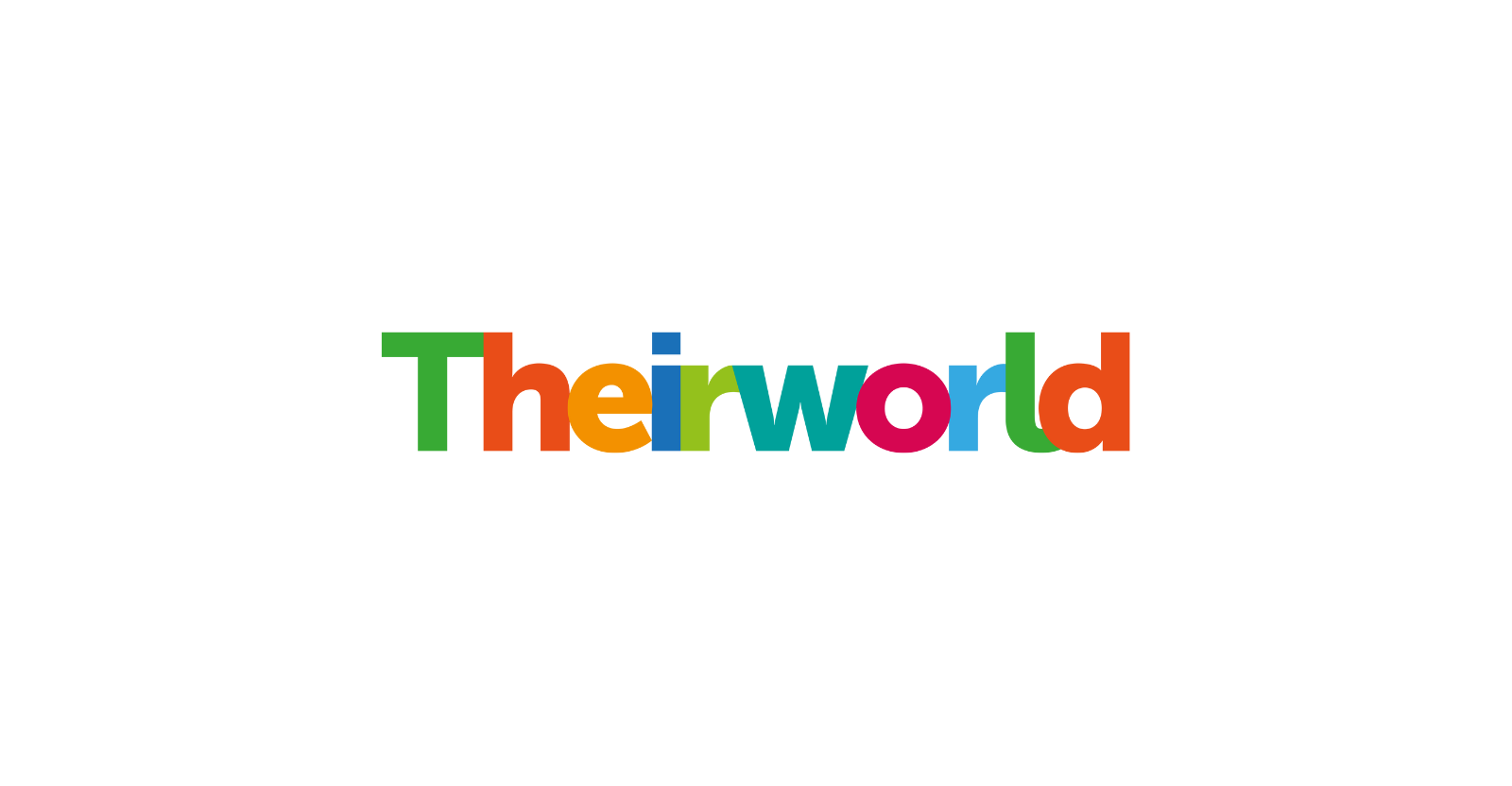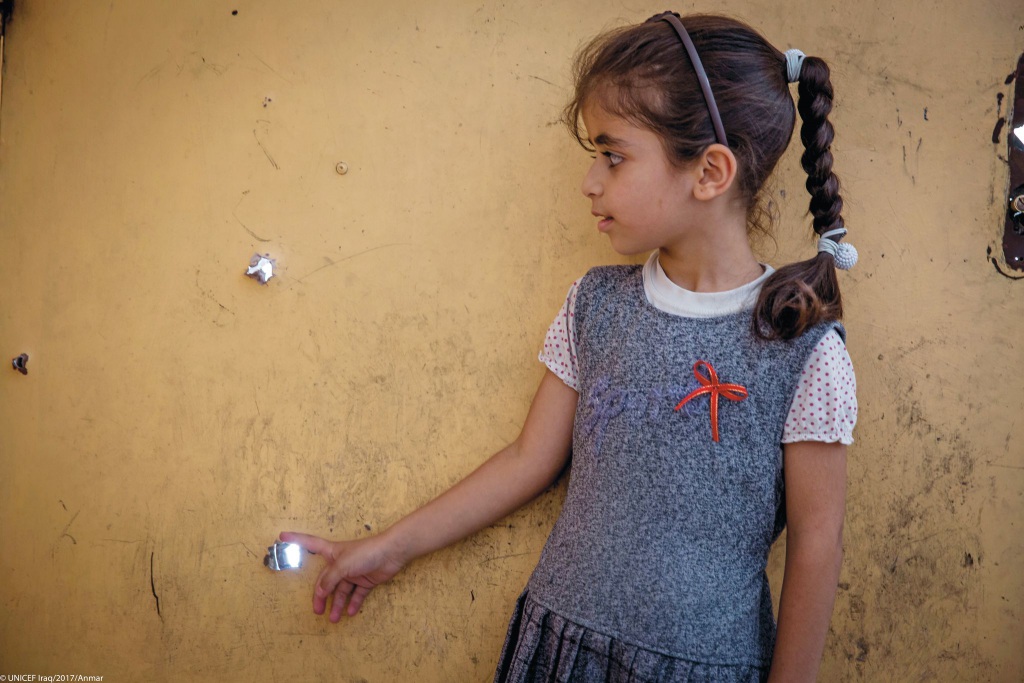
Safe Schools: The Hidden Crisis (December 2018)
A Framework for Action to Deliver Safe, Non-violent, Inclusive and Effective Learning Environments
Theirworld Report – Safe Schools: The Hidden Crisis – December 2018
Executive Summary
Education is the cornerstone of development and is recognised by the UN as a human right. Access to safe learning environments is a vital requirement at every stage of child’s education – from the pre-primary years, during which a child’s brain undergoes 90% of its development, through to adolescence, when young people are prepared for the contributions they will then make to their communities, the economy and the wider world. A quality education can improve the life chances of individuals themselves – especially to girls – and the communities around them. It is strongly linked to improved physical and mental health, lower risks of exploitation such as modern slavery, child labour and armed conflict, greater equality, and more peaceful, prosperous societies.
Yet the ability to obtain a basic education is currently being jeopardised for millions of children worldwide by a lack of safety experienced in or around school. And there is reason to believe the situation is worsening. Nearly 370 million children live in conflict zones – an increase of 75% since the early 1990s. Millions live in countries where high rates of violence – much of it related to gangs and organised crime – terrorise communities and keep children out of school. Nearly 40 million children a year have their education interrupted by natural disasters such as earthquakes and disease outbreaks. The number of child refugees fleeing conflict and extremism, high violence and/or natural disasters is also on the rise, passing the 13 million mark in recent years.
Children can be attacked on the way to or from school, be deterred from attending school by real or perceived threats, and are increasingly being attacked within schools themselves – by militias, gangs and extremist groups looking to recruit, abduct, indoctrinate, intimidate, or use the school infrastructure itself for military purposes. Attacks on children and schools – including sexual assault – are often carried out as a specific military tactic. From within schools, bullying, corporal punishment and gender-based violence by teachers and fellow pupils remain disturbingly common. A lack of safety in schools can also impact on numbers of trained teachers. And while any child can be affected by these threats, it is the most marginalised groups in society – girls, LGBTI youth, children affected by health problems and disability – that are most disproportionately affected, further hampering their life chances and pushing them further to the margins.
New projections produced for this report reveal the sheer scale of the challenge and the impact of inaction on school safety. Within two years, there will be an estimated 550 million children of school and pre-school age (3–18), living across 64 countries, whose education is under threat from war, endemic high violence, or environmental threats. By 2030, this number will rise to 622 million – nearly a third of all children that will be alive at that point. The projections are grim: nearly a quarter of these children (22%) will not complete primary school, over half (54%) will not complete secondary school, and three-quarters (75%) will fail to meet basic learning outcomes in literacy and maths. This translates to three of every four young people in countries affected by conflict, violence and emergency unequipped with the skills to participate fully in society and the economy.
As these figures starkly show, failure to improve the safety of schools in these countries makes realising the ambitions set out in the UN’s Sustainable Development Goals on education (SDG4) impossible. Moreover, denying these children the education they deserve risks depriving some of the world’s most challenging areas of entire generations of builders, producers, innovators, problem-solvers, peace-makers, entrepreneurs, carers and life-savers. This deprivation in turn would perpetuate the cycle of unsafe education into the next generation and beyond, locking many of these countries into a future of violence and poverty. Urgent, large-scale action is clearly needed.
Yet current efforts by the international community fall well short of what will be required to avert this bleak scenario. There have been tentative signs of progress in recent years: funding for education through humanitarian and development aid is on the rise, and the creation in 2016 of the Education Cannot Wait fund represents a landmark in recognising the position of education in emergencies at the nexus between humanitarian and development aid. Yet still, nearly two thirds of humanitarian appeals fail to raise even 25% of the funds requested, despite consistently under-reaching in their ambitions. Domestic funding for education within countries affected by conflict, environmental threats and high violence stands at around half of what is recommended; and on current trends the external financing gap between realising SDG4 and the amount available will reach $89 billion by 2030.

A framework for action
The scale of the challenge presented above is clearly immense. It is not, however, insurmountable.
There are a range of actions that will facilitate progress towards achieving SDG4, averting much of the crisis in safe education depicted by the figures above. These actions include:
- Ensuring all bilateral and multilateral agencies prioritise safe schools and learning environments through the policy directives which guide their funding and programming.
- Ensuring currently neglected areas, such as early childhood development, child mental health and wellbeing, and the availability of trained teachers, are prioritised in proportion to their long-term impact.
- Improving co-ordination between education and health/wellbeing-related aid, to reflect the extent to which outcomes in both sectors are interconnected.
- Better integrating multi-partner data collection and sharing into response planning and delivery.
- Ensuring all countries have endorsed and act on the Safe Schools Declaration, under penalty of sanctions, prosecution or other consequences if they don’t.
- Promoting child rights and safeguarding – particularly in relation to marginalised groups – as part of teacher training, national curricula, public education and legislation.
- Ensuring maximum value is secured from investment in safe schools by researching, innovating and piloting new approaches, whilst taking approaches that have proved successful to scale.
- Increasing aid for education by ensuring donor countries gradually increase their aid contribution to 0.7% of their GDP, and commit 15% of this aid spend to education.
- Supporting the governments of countries affected by high violence, conflict or environmental threats to prioritise safe schools and invest close to 6% of their GDP in education. Coupled with the above aid commitments, this would be almost entirely close the current shortfall in funding.
- Unlocking an additional $10 billion funding for education in lower to middle-income countries by ensuring the International Finance Facility for Education (IFFEd) is established and funded.
- Foundations and other private philanthropy identifying how their funding and prioritisation of safe schools and learning environments can enhance existing funding streams.
- Ensuring sustained efforts to reduce the marginalisation of girls, refugees, LGBTI youth, children living with disabilities and other marginalised groups are explicitly factored into multi-year aid and education planning.
Accompanying these recommendations, this report provides a five-step Framework for Action and a Resource Annex to help actors identify the entry points and focus areas to act on. This Framework comprises:
- The principles that need to underpin action on safe schools (identifying and strengthening policies and programmes, supporting governments to improve their capacity, and promoting dialogue among families, children and adolescents, authorities, the private sector and communities).
- The actors (accompanied by their comparative advantages) that have a part to play in tackling safe schools: national governments, donor governments, international organisations, global funds, NGOs, civil society organisations, philanthropy, business and academia.
- The populations each actor could focus on, depending on their interests, objectives and comparative advantages. These include: early years, primary-age children, adolescents, teachers, or combinations thereof.
- The marginalised groups and barriers to inclusive education that each actor could focus on, such as refugees, disability, gender discrimination, child exploitation, LGBTI discrimination, and mental health and wellbeing.
- The range of actions they could take, at a global, national or local level, to help prioritise, fund and deliver safe education.
The breadth of these recommendations and Framework for Action reflect the fact that – as has been shown by study after study – equitable, quality education is an essential component of any attempt to build a happier, healthier, more peaceful and more prosperous world. Similarly, the picture is increasingly clear that ensuring the safety of pupils and teachers in and around schools is an essential part of any efforts to achieve that equitable, quality education.
If the issue of safe schools is not adequately addressed, the UN’s Sustainable Development Goals will remain a distant pipe dream, with all that this entails for continuing cycles of violence, deprivation and marginalisation in communities across the world. Clearly, tackling unsafe education is a monumental task. However, with the right actors supporting the right policies in the right ways, huge strides can be made. The lives and livelihoods of hundreds of millions of children, now and into the future, rely on this generation making that ambition a reality.
Next resource
